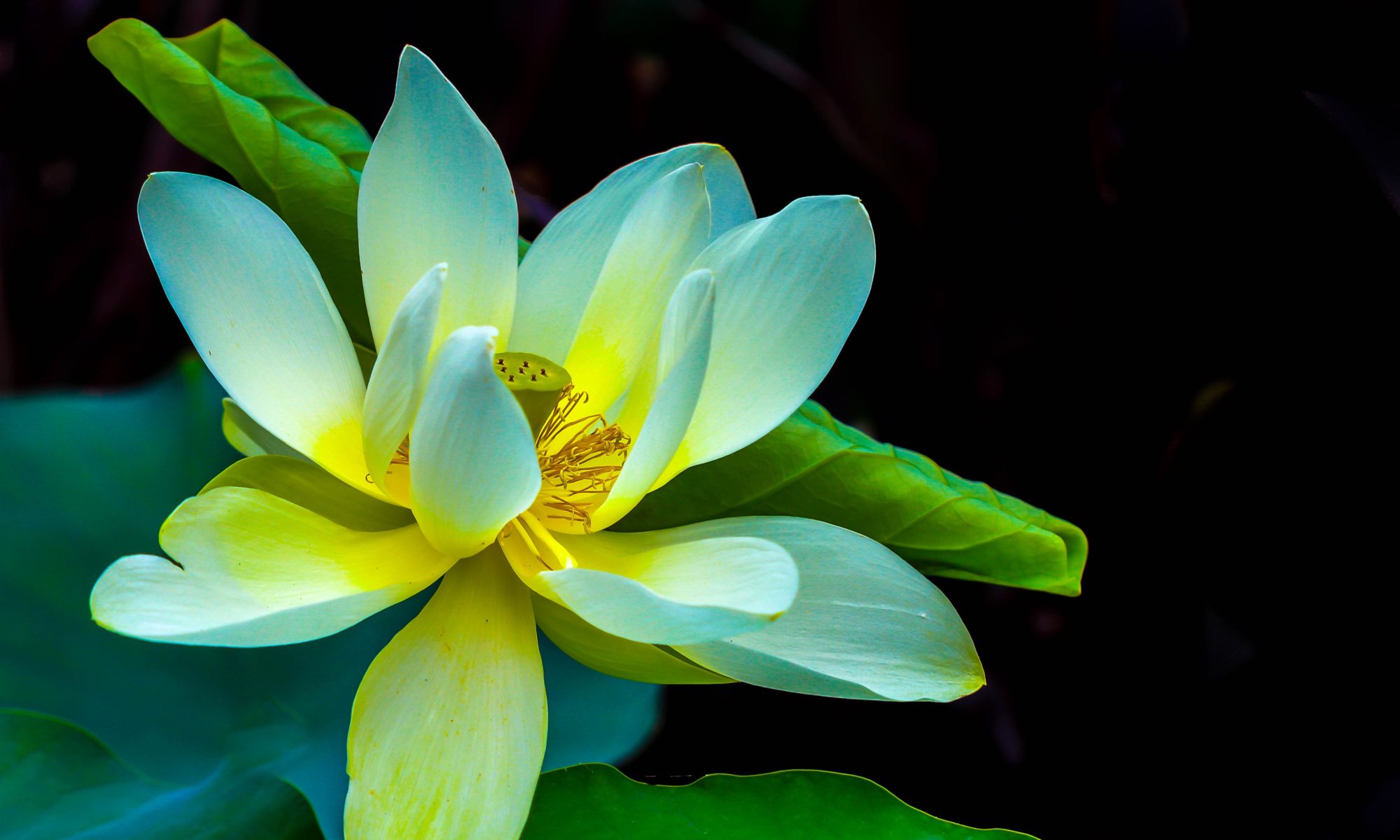Dear Kalyanamittas,
Enclose below are the following above Tuesday classes audio recordings for sharing by all:
- 25 Feb 2020 Tuesday class: Audio link: https://broteoh.com/wp-content/uploads/Teoh-Tue-200225.mp3
- 3 March 2020 Tuesday class:
Bye! and with metta always,
Bro Teoh




